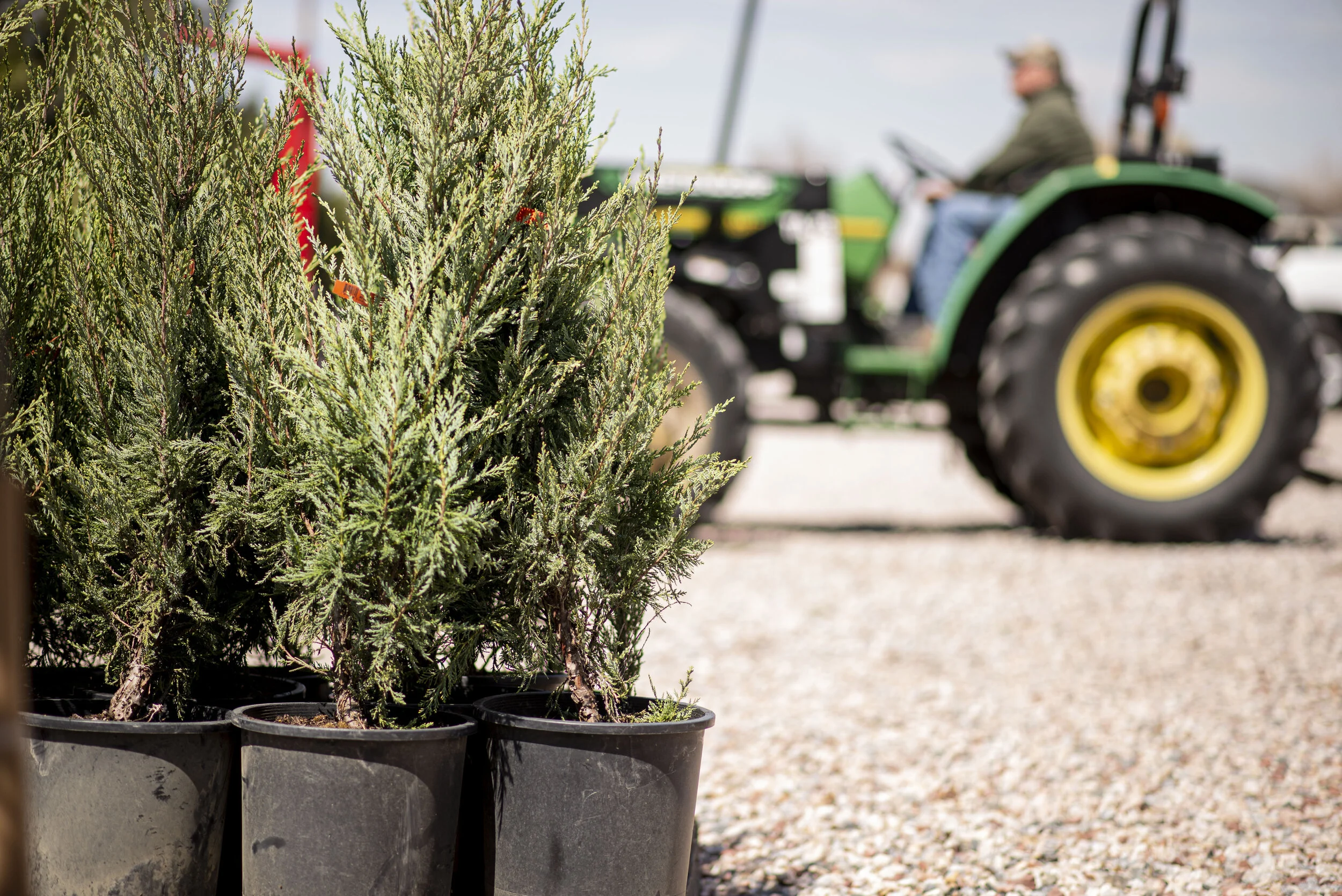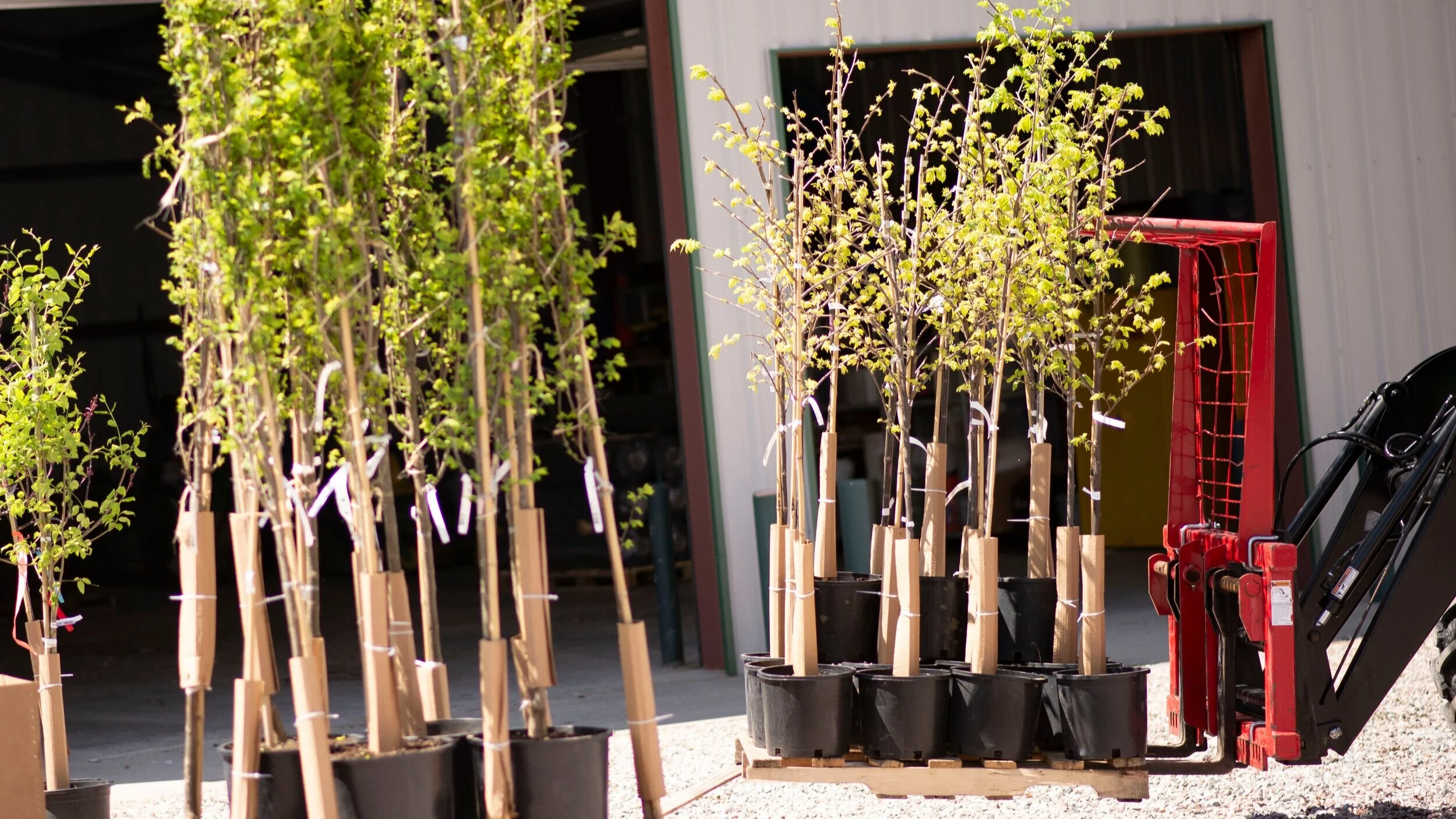
Access the “Conservation Trees for Nebraska” booklet HERE.
FORESTRY PROGRAMS
Tree orders are accepted beginning October 2023 through March 2024.
Conservation Trees
The South Platte NRD provides seedlings for establishing farmstead windbreaks, shelterbelts and wildlife habitat. These trees are available at a minimal cost. Machine planting, hand planting and weed control services are available through contractors. Cost-share assistance is available for tree purchases and planting, drip watering systems, and fabric mulch. The NRD will pay up to 50 percent of a landowner's cost to establish a windbreak, reducing the landowner's cost for an averaged-sized project to less than $100.
Community Forestry
The Community Forestry Program provides 50 percent cost-share funding to urban homeowners, neighborhood groups, villages and cities to help pay for the cost of purchasing, planting, maintaining and removing trees.
The applicant’s share can come from private funding, community grants, the community’s budget, or in many cases, donated labor. Applicants can often accomplish tree planting projects with in-kind donations and labor, and no out-of-pocket expenses. In order to qualify for cost-share funding, trees must be placed between the house or business and the street.
Tree Care
Please see below to view frequently asked questions for tree care and Cost-Share
Program Services for Conservation Trees
Although the district does not plant trees, several contractors are certified to provide planting services within the district. For a list of private contractors offering machine and hand planting services and weed barrier installation please conact the SPNRD office. Information regarding fabric mulch/weed barrier is available. The district provides cost-share assistance for the barrier material and installation on new plantings.
Supplemental watering
Cost-share assistance is available for the materials and installation charges for drip system. Cost-share funding is available to cooperators who are interested and who meet all program criteria. Cost-share funds will be awarded on a first come - first serve basis. Upon receipt of tree bill payment and copies of any receipts for barrier or drip system, a cost-share check will be issued to the cooperator. Copies of drip system and barrier receipts must be turned into the NRD within 60 days of the tree bill invoice date to meet cost-share assistance guidelines. Any failure to submit payment for the tree bill within the 60 day period of dated invoice, will result in the forfeiture of cost-share funding for the project.
Adequate site preparation is required to be eligible for cost-share assistance. Sod sites such as grass and alfalfa, must be plowed and thoroughly disked. NRD staff will determine whether or not to accept the site for cost-share assistance.
TREE CARE AND COST-SHARE
OTHER COST SHARE OPPORTUNITIES
Cost-share funding is available to cooperators who are interested and who meet all program criteria. Cost-share funds will be awarded on a first come - first serve basis. Upon receipt of tree bill payment and copies of any receipts for barrier or drip system, a cost-share check will be issued to the cooperator. Copies of drip system and barrier receipts must be turned into the NRD within 60 days of the tree bill invoice date to meet cost-share assistance guidelines.
SUPPLEMENTAL WATERING
Supplemental watering by way of drip systems is also an option for new plantings. Cost-share assistance is available for the materials and installation charges for drip system
TREE RELATED QUESTIONS
Chris Kaiser is our Natural Resources Conservationist. Please call the SPNRD office @ (308) 254-2377 and ask for Chris.
TREE PLANTING
Although the district does not plant trees, several contractors are certified to provide planting services within the district. For a list of private contractors offering machine and hand planting services and weed barrier installation please contact the SPNRD office.
“MY TREE IS TURNING BROWN, IS IT A BUG?”
There is an increasing number of browning evergreen trees. This is most likely due to the dry climate and harsh weather. In all cases the best thing to do is to keep the tree as healthy as possible with proper watering and proper mulching. Although we can’t control the weather, keeping a tree as healthy as possible will significantly improve its chances of tolerating or recovering from extreme weather events.
FABRIC BARRIER MATERIAL
The district provides cost-share assistance for the barrier material and installation on new plantings.



